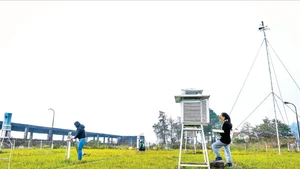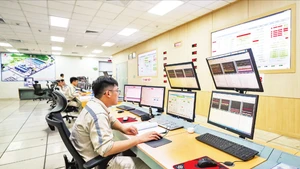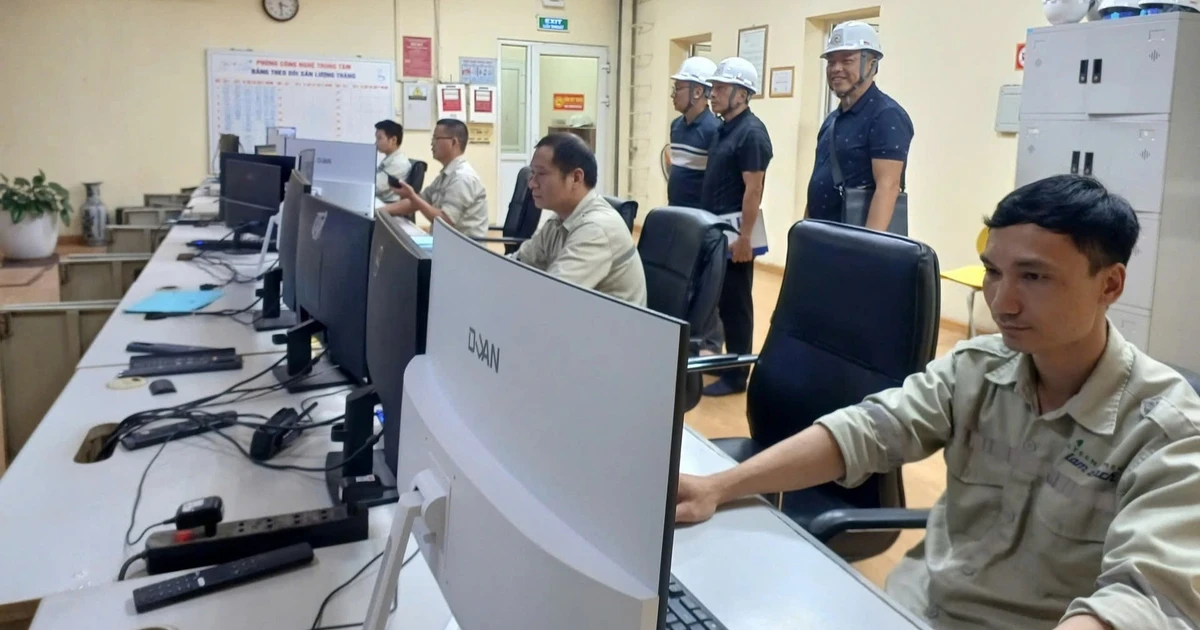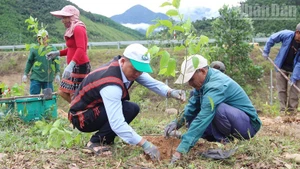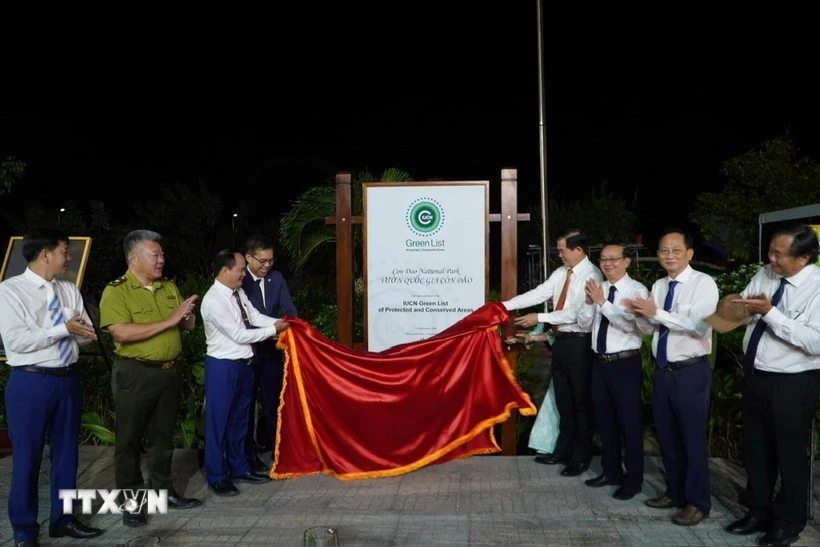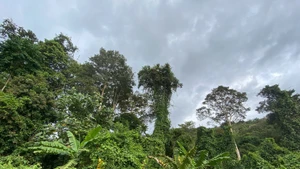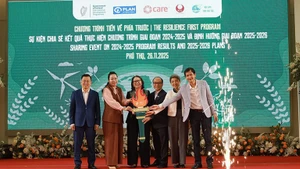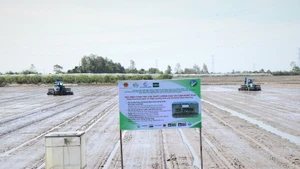In recent years, climate change, alterations to the Mekong River’s hydrological regime, and human interventions have damaged the ecosystem in Tram Chim National Park, affecting the lives of people living in the buffer zone. However, by focusing on adjusting water levels and aligning them with the flood-adaptive livelihood model, a more sustainable restoration approach is emerging.
Tram Chim National Park covers an area of 7,313 hectares and is divided into five subzones, from A1 to A5, with melaleuca forest accounting for more than one third of the area. The buffer zone surrounding the park is home to around 50,000 residents, who mainly rely on agriculture, fishing, livestock farming, handicrafts, small-scale trade, and hired labour for their livelihoods.
The ecosystem is therefore both a vital habitat for wildlife and a source of “natural capital” that sustains local communities.
According to statistics, Tram Chim National Park is home to 139 plant species (including seven rare species), 225 waterbird species (22 of which are rare), 67 fish species (13 rare), and 40 amphibian and reptile species (eight rare), along with numerous species of plankton and benthic and floating flora and fauna.
Notably, the park is an important habitat for the sarus crane, a rare and endangered bird species. For many years, to prevent wildfires and meet management objectives, water levels in certain subzones of the park were kept relatively high for extended periods.
As a result, species characteristic of natural floodplain ecosystems, such as wild rice and purple spikerush, have lost significant habitat, and the natural environment for many waterbird species, especially the sarus crane, has deteriorated.
To address this, the Biodiversity and Ecosystem Services Network (BES-Net) Project, funded by the United Nations Development Programme (UNDP), has supported Tram Chim National Park in restoring wetland ecosystems and piloting alternative livelihood models in subzones including A1 and A5.
The new management approach is based on closely following natural hydrological patterns. When water levels at the gauge reach specified thresholds (155 cm in A1 and 125 cm in A5), sluice gates are closed. Groundwater levels in the purple spikerush fields are also monitored; when groundwater falls below 20-30 cm, additional pumping is carried out to maintain soil moisture and prevent extreme drought.

According to Nguyen Hoang Minh Hai, Head of the Science, Technology and International Cooperation Division of Tram Chim National Park, in 2023 water levels were still kept too high at many points, which did not create favourable conditions for the growth of plant species that thrive in seasonally shallow water.
In 2024, water-level regulation became more appropriate, with levels reduced in line with the plants’ growth cycle. This allowed purple spikerush to regenerate across the fields; wild rice has begun to recover, and waterbird numbers have increased.
Notably, four sarus cranes have reappeared in the A5 subzone. Alongside ecosystem restoration, the project has also piloted a flood-adaptive livelihood model on an area of 50 hectares.
On existing rice fields, local residents worked with the national park to dredge fish-storage ponds, install nets and signposts, set traditional fish traps, and carry out monitoring and harvesting under strict supervision. The model is based on making seasonal use of natural fish resources during the flood season and harvesting sustainably, without putting pressure on resources in the park’s core zone.
After one season, total fish output reached 14,730 kg, generating revenues of more than 106 million VND (4,000 USD), contributing directly to the cooperative and its members. Beyond increasing incomes, the model significantly reduced input costs such as land preparation, water drainage, and fertiliser, thanks to alluvial deposits.
Socially, the fish-storage model has created additional jobs, eased economic pressure, especially for vulnerable households, and helped supplement living and educational expenses through fishing and fish-rearing income.
Remarkably, women accounted for 46% of participants, thereby enhancing their role and status within the community and promoting gender equality through practical livelihood activities. The model has also served as a platform for cooperative members to share experience, fish-farming techniques and market information, strengthening community cohesion.
Environmentally, the fish-storage model makes sustainable use of natural resources, adapts well to flood variability, creates favourable conditions for native fish to thrive, improves soil fertility, and reduces climate-related risks. Instead of fighting floods, people learn to live with them, turning water flows into a resource for livelihood development.
According to Vu Thai Truong, Head of Climate Change and Environment at UNDP Viet Nam, the UNDP-funded BES-Net Project has delivered positive results. However, one of its important components is piloting a scheme for payment for wetland ecosystem services at Tram Chim National Park, forming a key basis for future policies on wetlands and marine areas.
If implemented effectively, payment for ecosystem services will provide a sustainable financial mechanism, linking local people’s benefits with conservation goals and enabling them to gain direct income by protecting forests, water and biodiversity.

